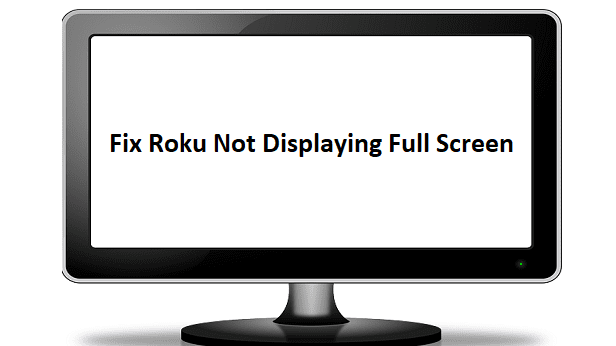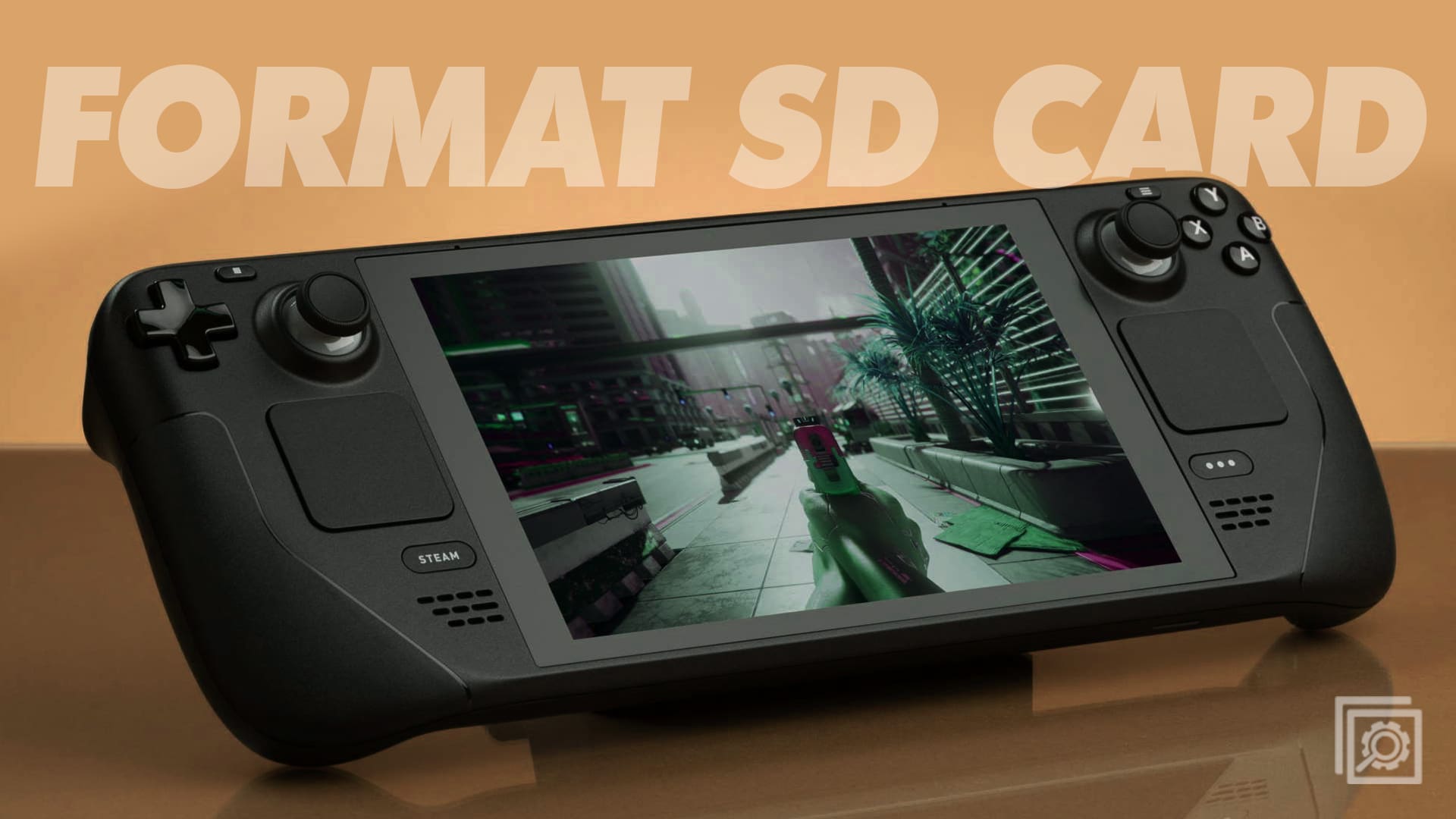3D printing may sound like an easy thing to do. Unfortunately, many things can go wrong and negatively affect the print quality or cause a complete print failure. The best place to start to avoid quality issues is to stick to the manufacturer’s advice. Each printer will come with setup instructions and configuration recommendations.
Unless you have a specific reason not to do so, following the manufacturer’s guidance will almost always give you the best results. They will have the most experience with the intricacies of their printer models. It’s also a great idea to keep your printer’s firmware and your slicer software up to date. Not only will you get the latest features, but you’ll also get bug fixes and performance optimizations.
Contents
Maintain and Calibrate Your Printer
To get good results, your printer needs to be clean. Old plastic stuck to the nozzle can interfere with your current print or clog up the nozzle. Natural oils from your fingerprints can prevent the extruded plastic from sticking to the print bed properly.
When you’re cleaning your printer, it’s also good to perform some light maintenance. You should ensure that stationary parts are held tightly in place and that moving parts can move smoothly. You should also perform more in-depth maintenance once or twice a year, depending on how much you use it.
Identify and Minimize Failure Risks
One of the most likely times for a print to have quality issues is at the start. The first few layers set up the rest of the print for success or failure. By watching the first few layers print, you may be able to spot a minor issue that could get worse later and cancel the print before you waste too much filament.
If you have parts of your prints that are more prone to failure than others, it may be helpful to break up the 3D model. By printing the troublesome parts independently, you can iron out any issues on a smaller model rather than having a larger print fail most of the way through. You can choose to then print the entire larger model in one go, or you can assemble the successful parts depending on your preference.
Optimize print Speed
Print speed is an important setting for quality results. Too fast, and vibrations can leave ringing artifacts in your print. Too slow, and the heat from the nozzle can cause printed plastic to re-melt. You don’t want to wait forever for a print, but you can’t be in too much of a hurry either.
Conclusion
When trying to resolve print issues, patients can often be important. While you should address any obvious issues you identify, it’s often good to make a single change at a time. This way, you know what setting fixed or helped to resolve your issue for the future. If you’ve got any other tips to share to avoid quality issues in 3D printing, let us know below.



